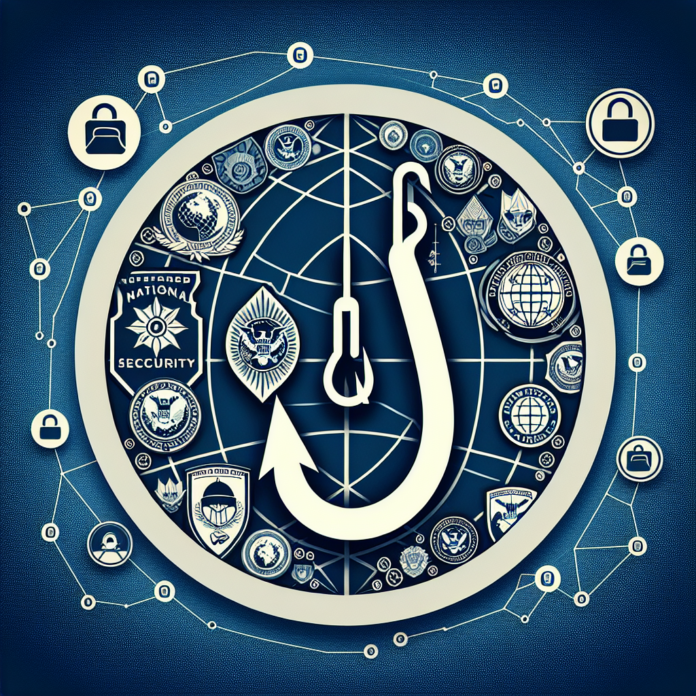Phishing Scheme Impersonating Ukraine’s Security Service Targets Government Systems
MSN
New Phishing Campaign Targets Government Systems, Masquerading as Ukraine’s Security Service
In a concerning development, cybersecurity experts have detected a new phishing campaign that poses as Ukraine’s Security Service, targeting government computer systems. This sophisticated attack aims to deceive officials by impersonating a trusted authority, thereby increasing the likelihood of successfully infiltrating sensitive networks.
Details of the Phishing Scheme
The malicious campaign employs carefully crafted emails that appear to originate from the Ukrainian Security Service. These emails contain links or attachments that, when clicked, deploy malware onto the recipient’s computer. This malware is designed to extract sensitive data, including login credentials and confidential government information.
Techniques Used by Cybercriminals
Cybersecurity analysts have noted that the attackers are using advanced social engineering techniques to enhance the credibility of their emails. This includes mimicking official logos, using language typical of governmental communications, and creating fake websites that closely resemble official domains. This level of sophistication suggests the involvement of well-resourced and potentially state-sponsored actors.
Global Implications and Response
The attack is not limited to Ukrainian governmental bodies. It has the potential to impact international diplomatic communications and collaborations. Governments worldwide are being urged to enhance their cybersecurity measures and educate their employees about the risks of phishing.
Several nations have already issued advisories and are collaborating with cybersecurity firms to develop robust defense mechanisms against such threats. This includes adopting multi-factor authentication, regular software updates, and rigorous monitoring of network activities to detect and neutralize threats swiftly.
Steps for Individual Users and Organizations
To protect against this and similar phishing threats, experts recommend that organizations implement comprehensive cybersecurity training programs for employees. Users should be instructed never to click on suspicious links or download attachments from unknown sources. Additionally, employing advanced email filtering technologies can help in identifying and blocking phishing attempts before they reach the user’s inbox.
Conclusion
As cybersecurity threats continue to evolve, it is imperative for both individuals and organizations to remain vigilant and proactive in their security practices. By staying informed and prepared, the impact of such malicious campaigns can be significantly mitigated, ensuring the security of critical government and personal data.

